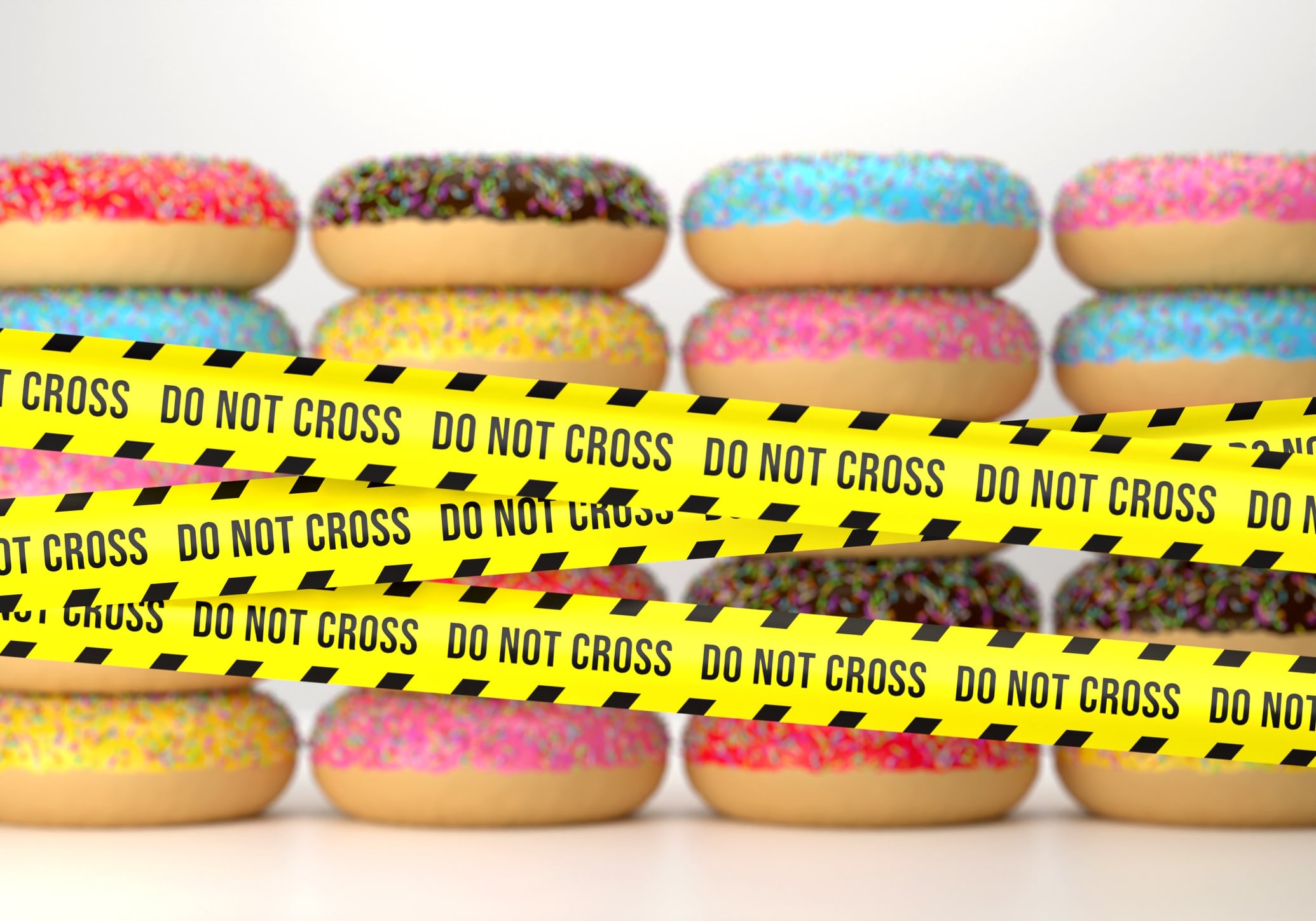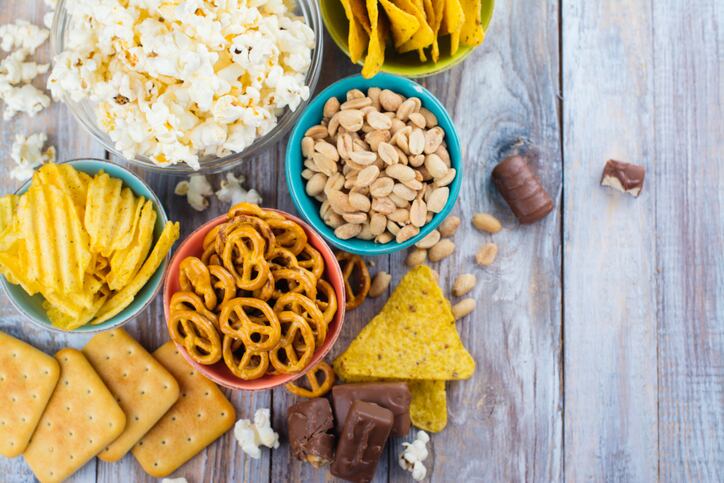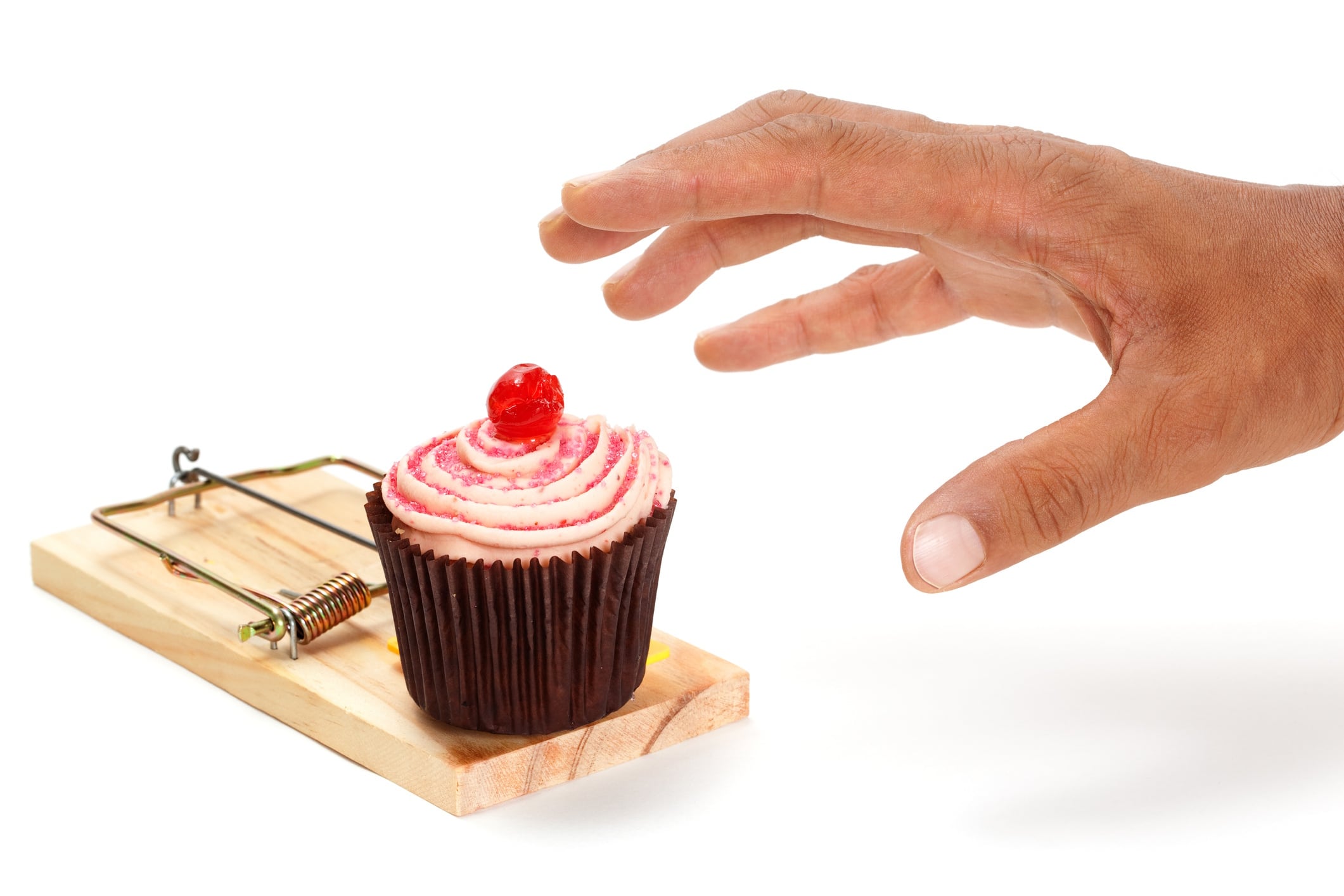Key takeaways:
- The gap between what consumers say about UPFs and what they actually eat is widening, creating both confusion and opportunity for brands.
- Shoppers want transparency and functionality in snacks – not perfection or guilt.
- For bakery brands, the opportunity isn’t less processing – it’s clearer storytelling and smarter reformulation.
We say we’re eating healthier these days, but consumer data tells another story. According to Lumina Intelligence, nearly half of shoppers still buy white sliced bread at least once a week, even though 46% say cutting down on fat, salt, and sugar is the key to good health. It’s the oldest story in food: our intentions are pure; our habits are not.
For bakery and snack makers, that gap between belief and behavior is where the real action is. Consumers talk about avoiding ultra-processed foods (UPFs) but they’re not exactly running from them. Lumina’s latest global survey found just over half of respondents claim to avoid some or all UPFs, yet the same people keep tossing them into their baskets. Packaged bread, breakfast biscuits, snack bars – they might grumble about them, but they still buy them.
The term itself has become a lightning rod. It’s everywhere, but few people can say what it actually means. According to the report commissioned by FoodNavigator, Future Food: How the UPF Debate Is Reshaping Consumer Behaviour, consumers worldwide don’t have a clear understanding of what UPFs are or what they mean for their health.
Lumina’s sensior insight manager Flora Zwolinski told FoodNavigator that while UPF avoidance is undeniably a trend, “there is a lack of clarity and understanding as to whether UPF is always bad.” She added that three quarters of consumers “do not consider ready-to-eat foods or ready meals as UPF or do but are not deterred.”
That confusion has left plenty of room for fear and mixed messaging. At the same time, it’s opened a window for the industry to reset the conversation around what processing actually is and why it exists.
And yet, bread still sells. So do crackers. So do protein cookies and cereal bars. Bakery and snacks are woven into daily life, tied up with comfort, convenience and price. That’s why they’ve survived every food fad so far and why the industry shouldn’t panic now. The question isn’t how to erase processing; it’s how to make it meaningful.
Health sells but taste still wins

Lumina’s data shows the contradiction clearly. While consumers claim to cut back, 83% say they’re interested in foods with added functional ingredients such as vitamins, probiotics, omega-3s and plant proteins. Only 17% say they’re not interested. So even as shoppers criticize UPFs, they’re happy to buy products that promise a benefit.
That’s where bakery and snacks are evolving. High-fiber cookies, gut-friendly bars, low-sugar pastries – they’re all part of a broader ‘functional pleasure’ movement. People don’t want punishment food; they want snacks that feel like an upgrade.
Younger consumers are leading that shift. Lumina found that Gen Z and millennials are less fazed by the word ‘processed’ and more likely to believe it can be part of a balanced diet if done responsibly. They’re not rejecting bread or biscuits outright – they just expect better versions.
Health messaging, however, only works if the product still delivers joy. Reformulated snacks that sacrifice flavor rarely last long on shelves. The sweet spot lies where indulgence and function overlap – when something tastes good and feels like a smart choice.
Stop apologizing for processing

Processed isn’t a four-letter word. It’s what lets bread stay fresh, bars stay soft and biscuits survive the supply chain. But somewhere along the line, it became shorthand for ‘bad’.
Lumina’s numbers show how perception and practicality diverge. 43% of consumers associate UPFs with foods that are bad for their health, while 41% think of ‘strangely named ingredients’. Yet only 29% would give up convenience to avoid them and just 32% would accept a shorter shelf life. People want food that’s fresh, safe and easy – they just don’t want to feel tricked.
That’s where the conversation needs to move. Processing isn’t the enemy; secrecy is. The brands doing best right now are the ones that explain what’s in the product and why. Maybe there’s an enzyme keeping that brioche soft or a stabilizer preventing a bar from crumbling – that’s not a scandal, it’s a story.
We’re already seeing companies lean into more natural processes – slow fermentation, minimally processed grains, cold extrusion – but the bigger win comes from being transparent. Clean label used to mean no additives. Now, it means ‘you can trust us’. Consumers don’t expect miracles; they just want to understand what they’re eating.
What the numbers say
* 46% say limiting fat, salt and sugar is key to a healthy diet
* 48% still eat sliced white bread at least once a week
* 50% claim to avoid some or all ultra-processed foods
* 83% are interested in foods with functional ingredients
* Only 29% would give up convenience to avoid UPFs
* Just 17% aren’t interested in added health benefits
Credit: Lumina Intelligence, 2025
From guilty pleasure to functional indulgence

Snacking isn’t slowing down; it’s simply evolving. Even as 57% of consumers say avoiding fat, salt and sugar is key to a healthy diet, they’re still reaching for snacks multiple times a day.
“China has the highest interest in functional ingredients, with Malaysia, India, and South Korea all above the global average, making these key markets to target,” said Zwolinski.
In contrast, the term ultra-processed carries much more weight in Europe. In France and Spain, more than half of consumers now view UPFs as unhealthy. In India and Malaysia, the concept barely registers. There, convenience and affordability still dominate. Global bakery players need to read the room – emphasize transparency and education where skepticism runs high and highlight taste and nutrition in growth markets.
Even the most vocal anti-UPF consumers rely on processed staples every day – cereal, bread, crackers, energy bars. The challenge isn’t to deny that. It’s to redefine what processed means in 2025.
Progress, not perfection

The UPF debate has gotten noisy and a bit self-righteous. But the data tells a calmer story. People aren’t rejecting modern food; they’re trying to make sense of it. They want balance, not absolutes.
For bakery and snack producers, that’s encouraging. You don’t need to promise perfection – just progress. Reformulate where it makes sense. Be honest about what you’re doing and why. A touch of transparency goes further than any health halo.
Consumers may talk about cutting UPFs, but what they really want are better ones – snacks that feel good, taste good and make sense in their lives. Processing made modern food possible. The next chapter is about making it personal again.
Because let’s face it – no one’s giving up their favorite loaf or cookie anytime soon. The smarter move is to bake trust back in.


